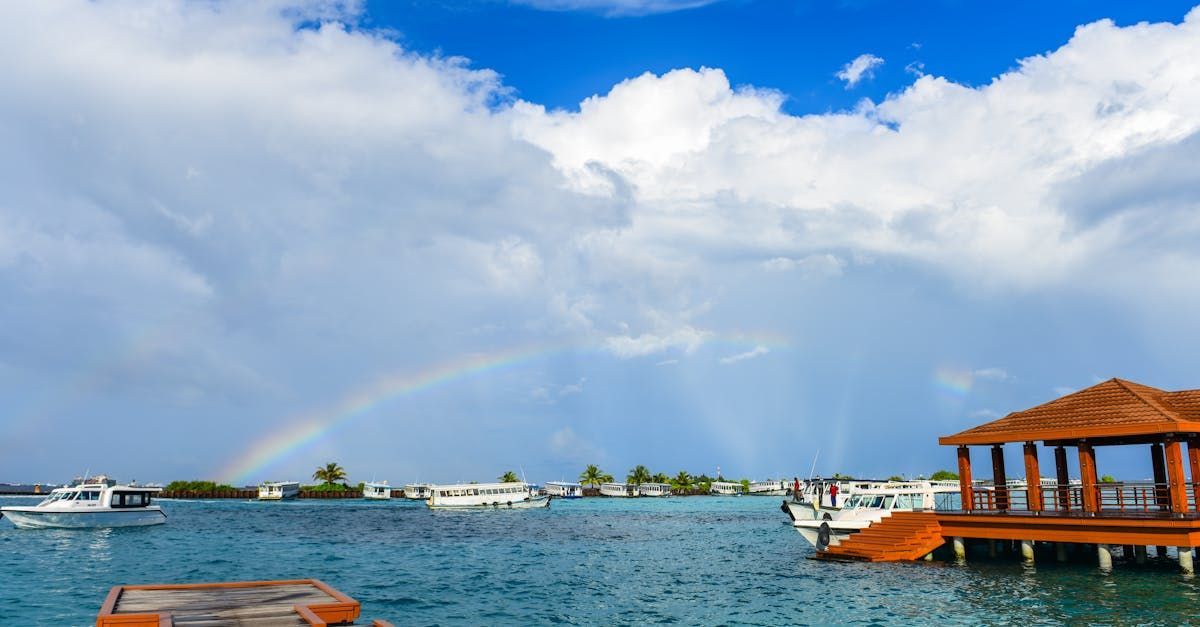Wave Attenuator Installation: Protect Your Waterfront

Installing Wave Attenuators: Everything You Need to Know
Wave attenuators are essential for protecting docks, marinas, and other waterfront structures from the damaging effects of waves. Installing a wave attenuator can significantly enhance the safety and functionality of your waterfront property. Everything you need to know about wave attenuator installation, including its benefits, types, and the installation process.
Key Takeaway
- Wave attenuators protect waterfront properties by reducing wave energy.
- They are essential for maintaining the structural integrity of docks and marinas.
- There are several types of wave attenuators including floating, fixed, and tethered systems.
- Proper installation ensures maximum efficiency and durability.
- Consider factors like local wave conditions and property requirements for optimal performance.
What is a Wave Attenuator?
A wave attenuator, sometimes referred to as a wave breaker or wave fence, is a structure designed to reduce the intensity of waves hitting the shore or dock. By diffusing wave energy, these structures help protect waterfront properties from erosion, structural damage, and turbulent water conditions.
Benefits of Installing a Wave Attenuator
Protecting Your Investment
A well-installed wave attenuator can prevent costly repairs by shielding docks, marinas, and shoreline properties from the relentless force of waves.
Enhancing Safety
Reduced wave action makes mooring and boarding safer for boats, preventing accidents and injuries.
Improving Functionality
Wave attenuators create calm water areas ideal for recreational activities like swimming, fishing, and kayaking.
Preserving Property Value
By preventing erosion and structural damage, wave attenuators help maintain and even increase the value of waterfront properties.
Types of Wave Attenuators
Floating Wave Attenuators
These are flexible and versatile, making them ideal for varying water levels. They are anchored to the seabed but float on the water's surface, absorbing wave energy effectively.
Fixed Wave Attenuators
Secured to the seabed, these structures are more permanent and typically used in areas with consistent water levels.
Tethered Wave Attenuators
These are similar to floating attenuators but are tethered to a fixed point, giving them additional stability.
Key Considerations for Installation
When installing a wave attenuator, several factors need to be taken into account to ensure optimal performance:
Local Wave Conditions
Analyze the average wave height, frequency, and direction to choose the most suitable type and design of wave attenuator.
Property Requirements
Consider the specific needs of your property, such as the intended use of the waterfront area and any existing structures.
Material Durability
Choose high-quality materials that can withstand the local environmental conditions and provide long-term durability.
Professional Expertise
Engage professionals with experience in marine construction for accurate installation and maintenance.
The Installation Process
Initial Consultation
The process begins with a consultation to assess your property's needs and local wave conditions. This step ensures that the chosen wave attenuator design is tailored to your specific requirements.
Design and Planning
A detailed plan is created, taking into account all relevant factors such as wave dynamics, property layout, and material selection. This phase also involves obtaining necessary permits and approvals.
Site Preparation
The installation site is prepared by clearing any debris and ensuring a stable foundation. For floating attenuators, anchor points are established.
Attenuator Installation
The wave attenuator is installed according to the design plan. For floating systems, this involves securing the attenuator to the anchor points. For fixed systems, the structure is built and secured to the seabed.
Testing and Adjustment
After installation, the wave attenuator is tested to ensure it functions correctly. Any necessary adjustments are made to maximize efficiency.
Ongoing Maintenance
Regular maintenance is essential to ensure the wave attenuator continues to function effectively. This includes inspecting for any damage, checking anchor points, and performing necessary repairs.
Real-Life Examples of Effective Wave Attenuators
Charleston Harbor Project
In Charleston, a floating wave attenuator system was installed to protect a newly constructed marina. The attenuator successfully reduced wave action, making the marina a safer and more enjoyable space for boaters.
Beaufort Shoreline Stabilization
In Beaufort, a tethered wave attenuator was installed to combat severe erosion. The project resulted in stabilized shorelines and protected properties, demonstrating the effectiveness of wave attenuation in erosion control.
Cost of Installing a Wave Attenuator
The cost of installing a wave attenuator can vary based on several factors, including the type of attenuator, materials used, and the complexity of the installation. On average, costs can range from $50,000 to $500,000.
Estimated Costs of Wave Attenuator Installation
Type Estimated Cost Range
- Floating Wave Attenuator $50,000 - $150,000
- Fixed Wave Attenuator $100,000 - $500,000
- Tethered Wave Attenuator $75,000 - $200,000
Tips for Choosing the Right Wave Attenuator
- Assess Your Needs: Determine the primary purpose of the wave attenuator and the specific conditions of your waterfront property.
- Consult Professionals: Engage with experienced marine contractors for expert advice and installation.
- Consider Long-Term Benefits: Factor in the long-term advantages of each type of wave attenuator, including maintenance requirements and durability.
- Budget Wisely: Plan your budget to include not only installation costs but also ongoing maintenance.
Potential Challenges and Solutions
Weather Conditions
Severe weather can complicate the installation process. Ensuring that the attenuator design can withstand extreme conditions is crucial.
Permitting and Regulations
Navigating local regulations and obtaining necessary permits can be time-consuming. Working with professionals who understand the legal landscape can streamline this process.
Maintenance
Regular maintenance is essential but can be challenging. Establishing a maintenance schedule and working with a reliable contractor can ensure your wave attenuator remains effective.
Key Takeaway: Ensuring Success
Proper planning, professional installation, and regular maintenance are key to the successful implementation of a wave attenuator. By taking these steps, you can protect your waterfront property and enhance its functionality and value.
Benefits of Proper Installation
- Enhanced property protection
- Increased safety for boaters
- Improved water conditions for recreational activities
- Long-term cost savings on repairs and maintenance
- Preservation of property value
Frequently Asked Questions (FAQs)
What is the lifespan of a wave attenuator?
The lifespan of a wave attenuator can vary based on materials and environmental conditions but typically ranges from 15 to 30 years with proper maintenance.
Can wave attenuators be customized?
Yes, wave attenuators can be customized to meet the specific needs of your property and local wave conditions.
Do wave attenuators affect marine life?
Wave attenuators are designed to minimize impact on marine life. Proper installation and materials selection can further reduce any potential negative effects.
Final Thoughts
Installing a wave attenuator is a valuable investment for any waterfront property owner. By understanding the different types of wave attenuators, considering key factors during installation, and engaging professionals, you can ensure that your property is well-protected from the damaging effects of waves. Whether you're looking to enhance safety, improve functionality, or preserve property value, a wave attenuator can provide the solution you need.
For more information on wave attenuator installation or to schedule a consultation, contact Baker Marine Contracting today. Our team of experts is ready to help you protect and enhance your waterfront property.
About Baker Marine Contracting
Baker Marine Contracting is Charleston's leading marine construction company, specializing in dock building, repairs, and erosion control. With over 10 years of experience, we pride ourselves on delivering exceptional craftsmanship and customer satisfaction. Serving Charleston, Edisto Island, Hollywood, Beaufort, Bluffton, and Hilton Head, our team is dedicated to making your waterfront dreams a reality. Contact us today for a free consultation.
Connect with Us
Stay updated with the latest news and projects by following us on Facebook and Instagram.
























































